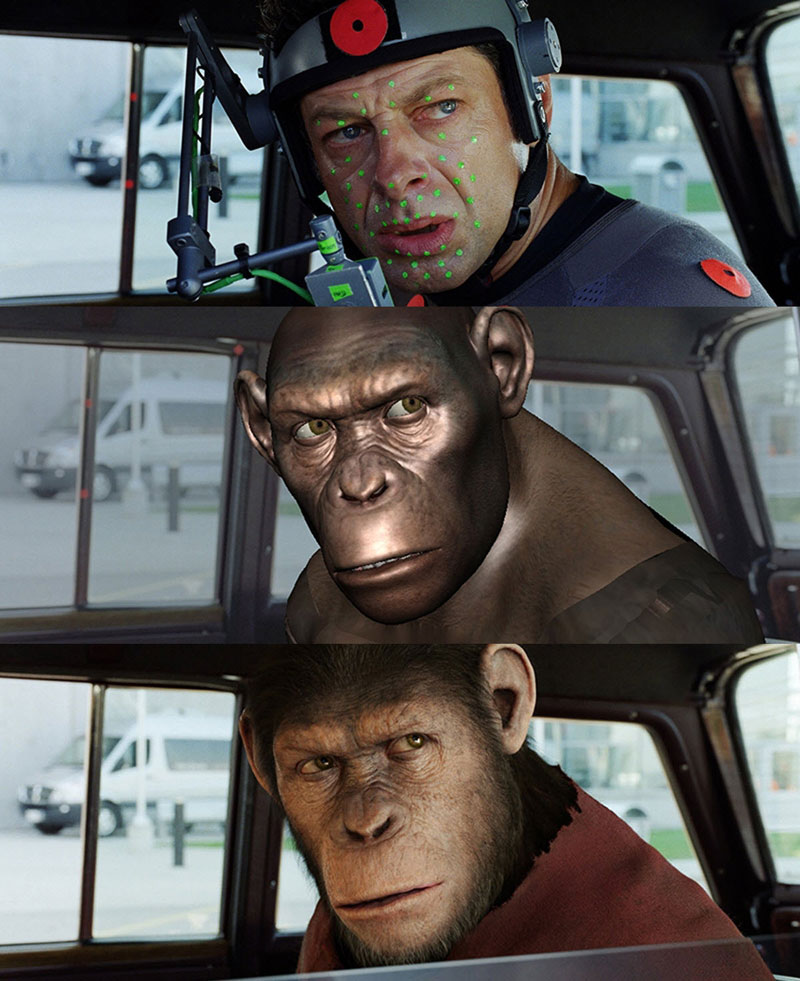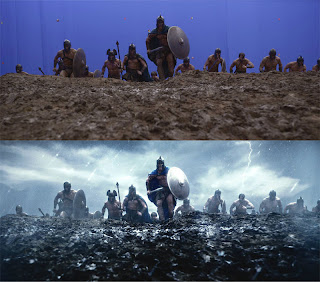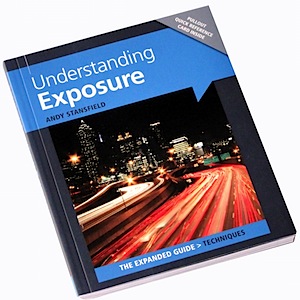Above is pictures of what I used in order to take the photo's of my cut-out in order to make my final animation. I had a small and large skeleton as I found it easier to move the larger one around so it made the close up images look more effective.

Above is a picture of a quick storyboard I made of the main scenes I was going to be aiming to achieve, However I left it open to alter them slightly dependant on how putting it all together went.
Computer Animation
Computer animation is the art of creating moving images using a computer. It is a subfield of computer graphics and animation. It is created by 3D computer graphics through 2D computer graphics which are used for low bandwidth, stylistic and faster real time rendering. Sometimes the target is another medium such as film which is referred to
CGI (Computer-generated imagery) used in films commonly.


 These are CGI being used in series Game Of Throne and movies. I picked these images to show different uses of CGI for background to landscape to changing the appearance of a human to a creature whilst keeping his key features.
These are CGI being used in series Game Of Throne and movies. I picked these images to show different uses of CGI for background to landscape to changing the appearance of a human to a creature whilst keeping his key features.

Cutout Animation
"is a technique for producing animations using flat characters, props and backgrounds cut from materials such as paper, card, stiff fabric or even photographs. The world's earliest known animated feature films were cutout animations (made in Argentina by Quirino Cristiani); as is the world's earliest surviving animated feature.
Today, cutout-style animation is frequently produced using computers, with scanned images or vector graphics taking the place of physically cut materials. South Park is a notable example of this transition since its first episode was made with paper cutouts before switching to computer animation."

Camera Exposure

A photograph's exposure determines how light or dark the image shall appear when taken by the camera.
Shutter Speed: Controls the duration of the exposure.
Aperture: Controls the area over which light can enter the camera.
ISO Speed: Controls the sensitivity of your camera's sensor to a given amount of light.

Shutter Speed
A camera's shutter speed determine when the camera's sensor will be opened or closed to the incoming light from the lens. The shutter speed specifically refer to how long the light is permitted to enter the camera.
Shutter Speed and Exposure time refer to the same concept, when faster shutter speed means less exposure time.
 |
| Slow Shutter Speed creating the motion blur of a London bus passing |
Aperture
 A Camera's aperture setting controls how much light can pass through the camera's lens. A camera's aperture setting is what determines the depth of the photo. The range of distance which objects appear in focus. The higher the f-stop values the deeper the field of depth.
A Camera's aperture setting controls how much light can pass through the camera's lens. A camera's aperture setting is what determines the depth of the photo. The range of distance which objects appear in focus. The higher the f-stop values the deeper the field of depth.
ISO Speed

The ISO speed determines how sensitive the camera is to light. It is similar to shutter speed correlating 1:1 with how much the exposure decreases or increases. However unlike the other techniques the lower the ISO speed is more wanted. Since higher ISO speed dramatically increases image noise.
What I want to know
- Adobe After Effects
- How to animate from pre-existing film
- Advanced Photoshop Skills
- Combining different animation's into one animation effectively
- How to add horror into a animation
My Skills and Interest
- Commonly using the computer and internet
- Huge horror fan
- Gaming
- Basic drawing and painting skills
- Storyboarding
- Filming techniques
- Appreciative of the story behind films




thanks, good start but ...wadja wanna know
ReplyDeleteAh was the top bullet points, I'm slowly gaining knowledge via Youtube and Google.
ReplyDeleteThanks James...
ReplyDeletehttp://www.animagicstudios.com/animation_glossary.htm
ReplyDelete